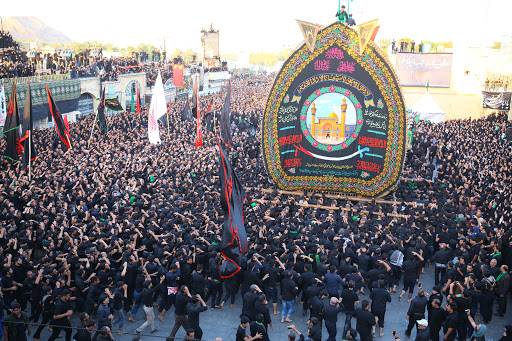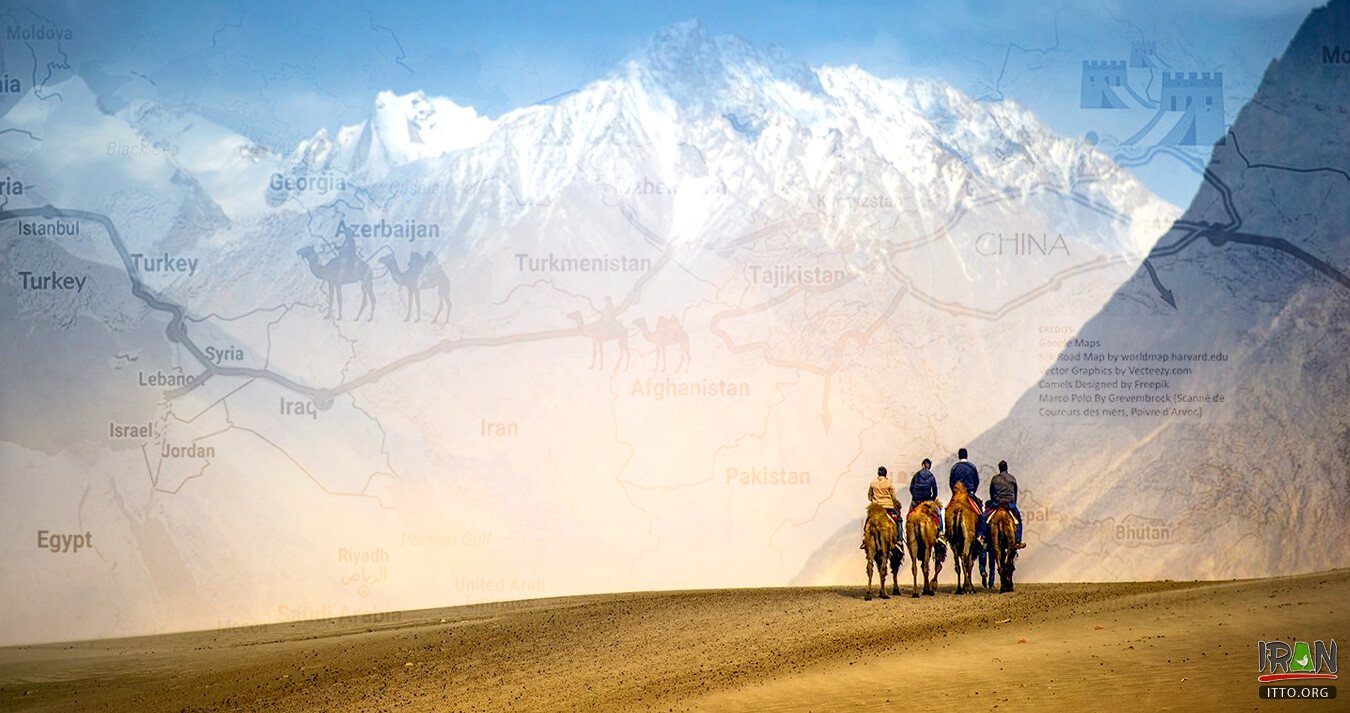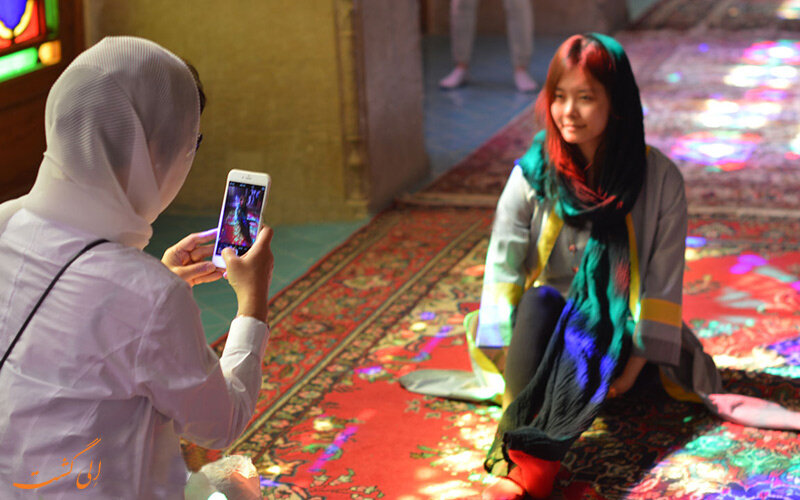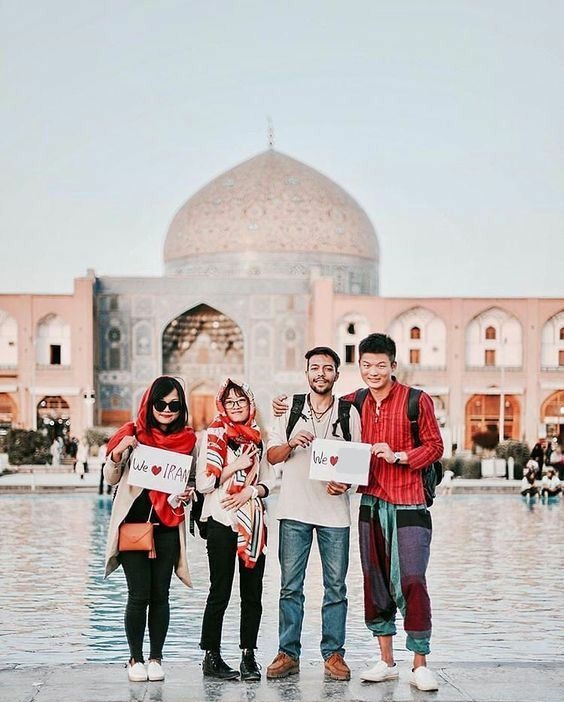The cultural event of Ashura which occurs during the month of Muharram, the first month of the Islamic calendar, is one of the biggest events in the world of Shi’a Muslims. It is the mourning anniversary of the death of Husayn ibn Ali, the grandson of Muhammad, in the Battle of Karbala on the 7th century BC. The known image of Muharram can be defined in black mourning clothes and black and red flags spreading all over the streets and mosques. Various rituals are held in different parts of Iran such as Taziyeh: a theatrical rebuild of the Battle of Karbala, Noha: lamentation, Nakhl-Gardani: carrying a wooden Palm tree called “Nakhl” on the shoulders of hundreds of mourners symbolizing the coffin of Imam Hussein, and carrying Alam on the streets and offering free food called “Nazri” to the mourners and also the poor.
The most important days during Moharram mourning ceremonies are Tasua (9th of Muharram) and Ashura (10th of Muharram) as being the days of Imam and his family’s martyrdom. This mourning in commemoration of Imam Hussein has become a tourist attraction in UNESCO city of Yazd where the ritual of Nakhl-Gardani is held very glorious beside the other rites. In addition to Yazd, the neighboring small cities like Zarch, Taft and Ashkezar are also holding this ceremony during Ashura. After Ashura and even to the end of the next lunar month, grief ceremonies are held at different times. Experiencing Ashura in Yazd is a very special experience for experiential travelers.













